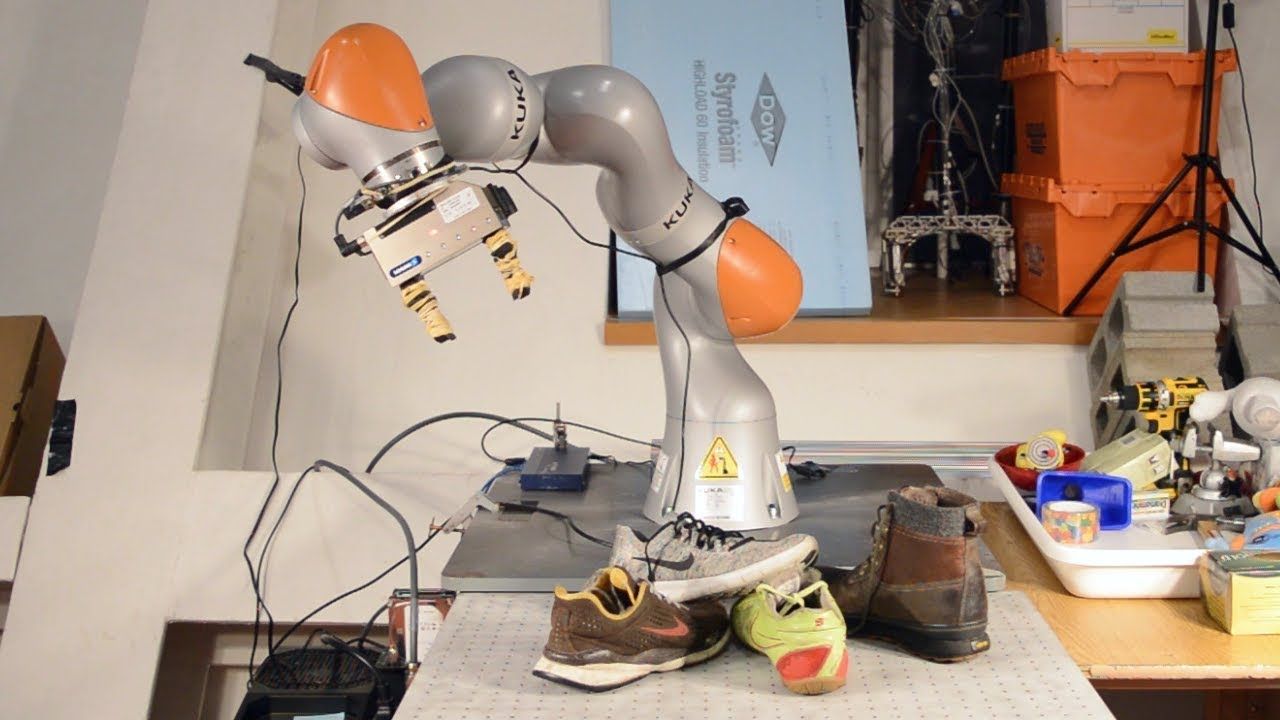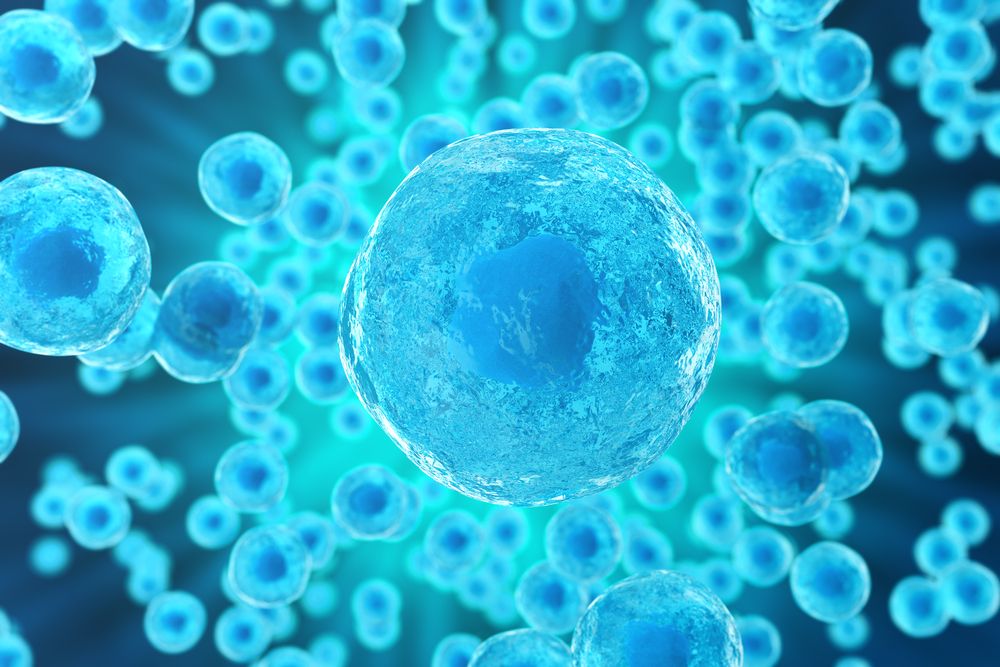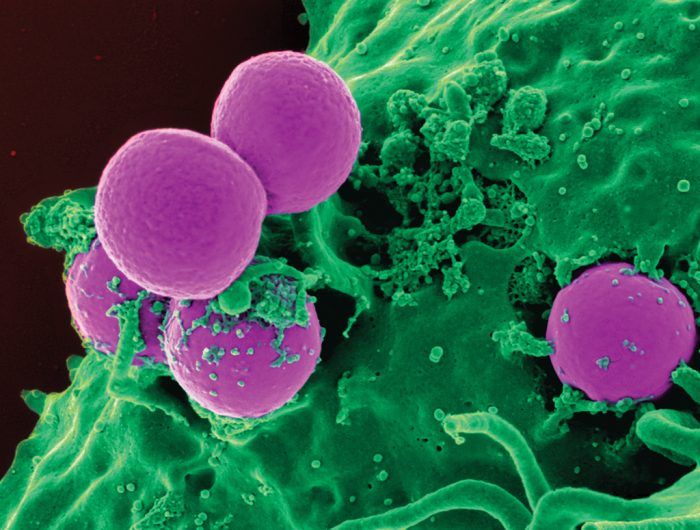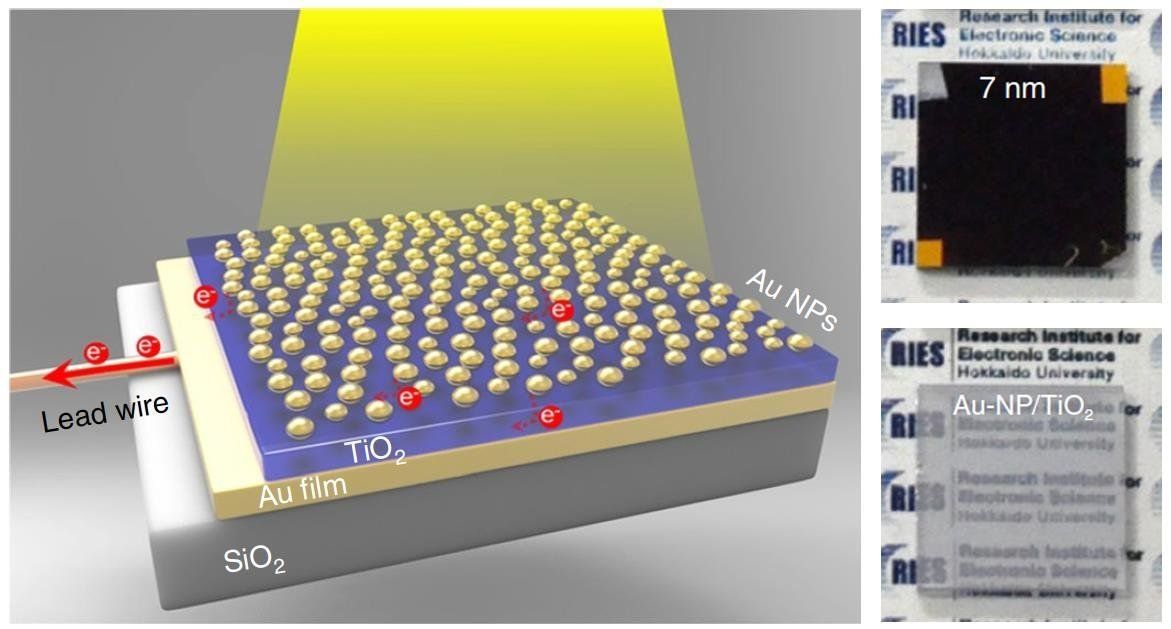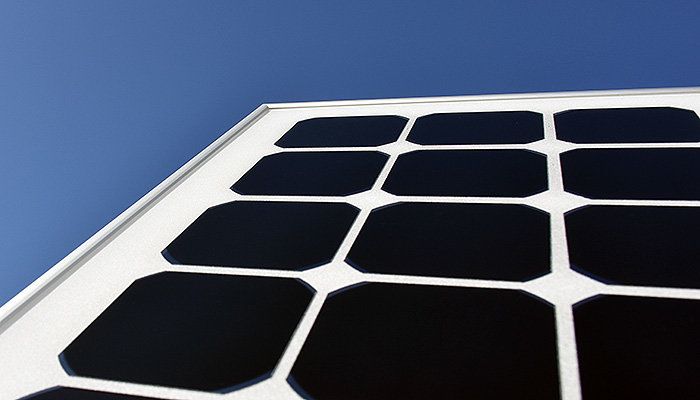Sep 10, 2018
Prince Charles Says He “Utterly Objects” to The Idea of People Becoming Part Human, Part Machine
Posted by Jacob Anderson in categories: biological, Elon Musk, life extension, robotics/AI
From the perspective of critics, there are many reasons to be concerned about the rise of artificial intelligence.
Billionaire inventor Elon Musk — perhaps the world’s most vocal AI antagonist — has warned that the technology could become “an immortal dictator from which we would never escape.”
Several years before his death, Stephen Hawking, the renowned theoretical physicist, said artificial intelligence could bypass biological evolution, leaving humans unable to compete.


